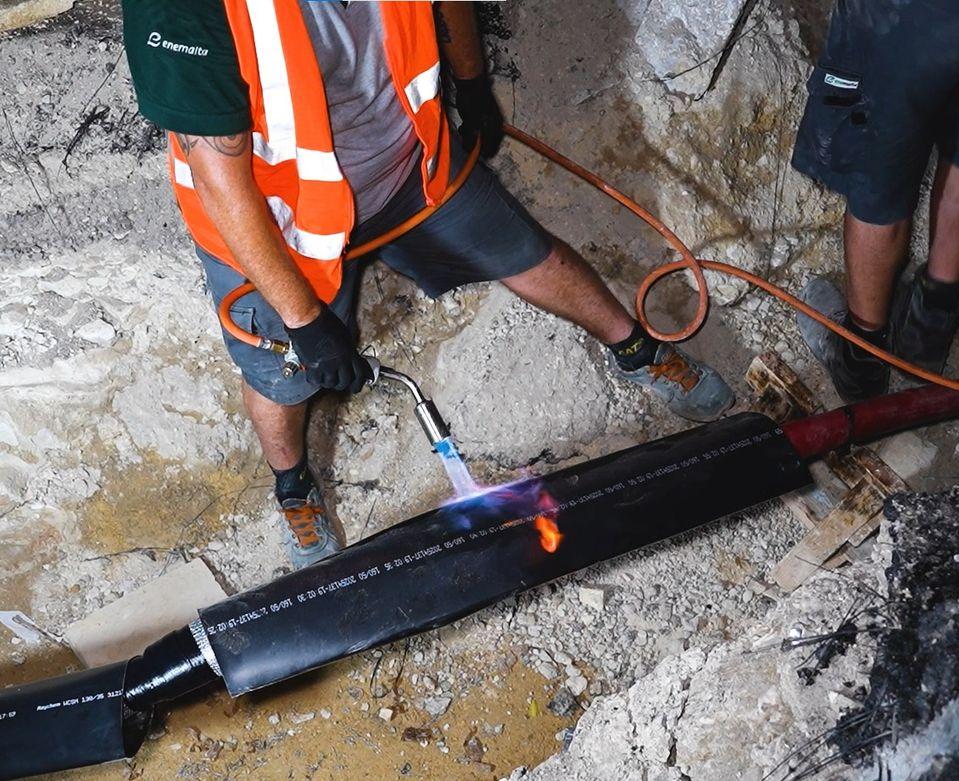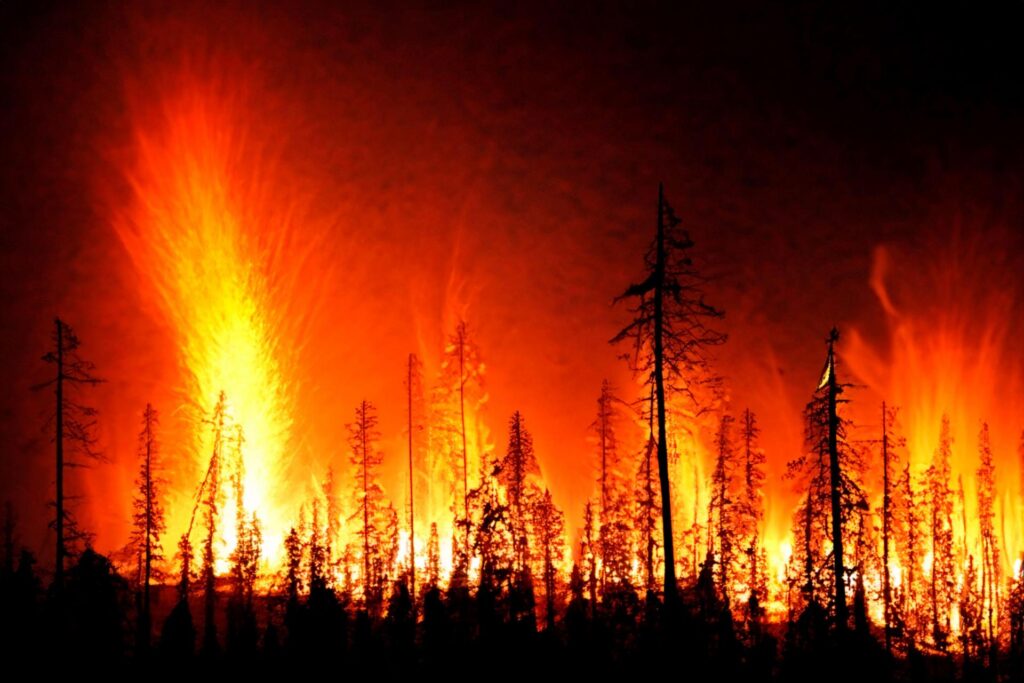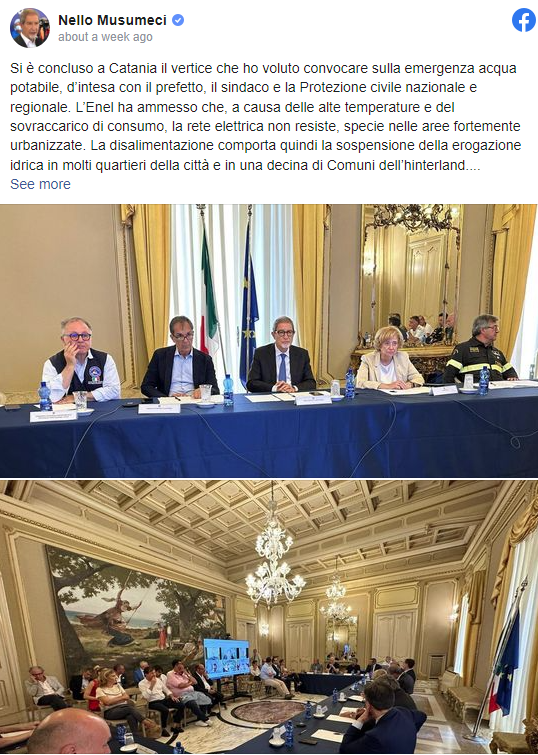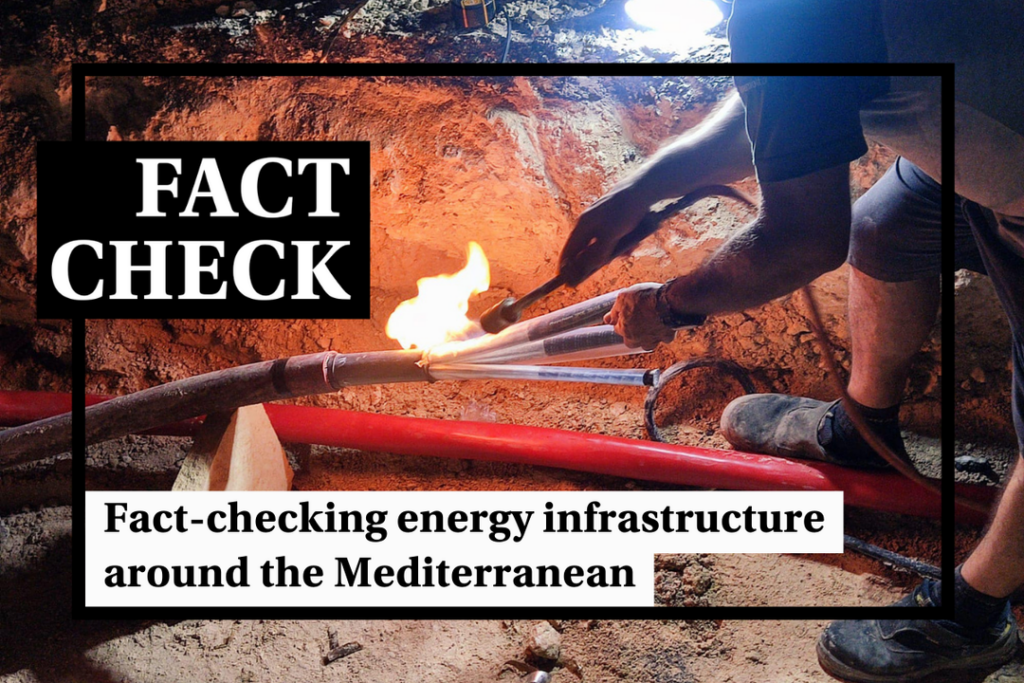Malta’s energy infrastructure collapsed over the past week, with several towns experiencing blackouts and power outages lasting several hours and days at a time.
Water shortages were also reported in some localities, as water-boosting stations used to pump water around the island lost their electrical supply.
More tragically, at least eleven people were reported to have died of heat-related issues over the past days, with several others seeking medical help to deal with the heat.
Authorities have attributed power outages to the sudden arrival of extreme weather, with record temperatures of 42.7°C being recorded earlier in the week.
According to Enemalta, Malta’s only energy provider, the heat was causing underground cables to degrade and give way, with engineers scrambling to replace cable joints dating back to the British colonial rule, some sixty years ago.

However, Malta is far from the only country to be hit by extreme weather conditions over the past week.
On Wednesday, Prime Minister Robert Abela pointed to other Mediterranean countries, saying that they too experienced chaos as a result of the soaring temperature hitting the region.
This begs the question – has the infrastructure in other countries fared any better, or did it experience similar collapses to Malta?
While the woes experienced elsewhere are of little consolation to Maltese residents cast into darkness, a look at international realities suggests that authorities have their work cut out in bringing infrastructure up to scratch to meet extreme weather events.
Wildfires, power outages
The heat dome has brought tragic scenes to several parts of the Mediterranean, with wildfires forcing over 20,000 people to evacuate their homes on the Greek island of Rhodes alone and killing at least 34 people in Algeria.
Similar fires were reported in Croatia, Corsica and various parts of Italy.

The Middle East hasn’t been spared either. Residents in the coastal city of Aden in Yemen have taken to the streets amidst ongoing blackouts and economic woes to protest against their government’s handling of the situation.
Meanwhile, Egypt has experienced several blackouts over the past days, with authorities admitting that the increased demand for power has forced the government to introduce temporary load restrictions in certain areas.
Closer to home, Sicily and several parts of southern Italy have been brought to their knees by continual power outages, with blackouts and water supply shortages hitting the city of Catania over the past few days.
Power outages in parts of Puglia were reported as early as Tuesday last week, while other cities such as Milan and Palermo have all experienced similar blackouts.
The outages have forced Italy’s main energy supplier, Terna, to develop a compensation scheme for residents and businesses who experienced extended blackouts.
Malta’s energy minister Miriam Dalli has pledged that a similar scheme will be adopted in Malta, although details of this have not yet been made public.
A similar, albeit shorter, blackout in the summer of 2014 saw 8,000 households given a token €25 each to make up for having endured over 12 hours without electricity, while a series of blackouts in 2007 led to businesses threatening to sue the government for damages incurred.
The case of Catania
The Sicilian city of Catania makes for an interesting parallel to Malta, with a roughly similar population and climate profile to that of Malta.
While the city of Catania itself has a population of 300,000 – less than Malta’s almost 520,000 – the broader Catania province is home to a little over 1m people.
Italian media reports say that the city and neighbouring towns continue to suffer from ongoing blackouts, as temperatures hit 47.6°C, although the situation has improved over the past week.
Authorities claim that the blackouts are the result of damage to underground cables caused by the heat, echoing the reasons given by Maltese authorities.
Similar to explanations given by Enemalta, Italian energy providers point to excessively high ground temperatures, saying that the heat gathered in the asphalt does not allow heat within the cables to disperse as it normally would.
Overground infrastructure hasn’t fared much better, with several videos showing electrical poles burning going viral on Tik Tok
However, Italian civil protection Minister Nello Musumeci also admitted that the problems are the result of an outdated infrastructure that is “absolutely not adequate for the new context”, arguing that Italy has failed to prepare for the impacts of climate change.

Is climate change or bad infrastructure to blame in Malta?
Local authorities have blamed the ongoing power cuts on climate change, but some have questioned this assessment, arguing that infrastructural deficiencies, combined with high demand, are to blame.
In reality, both arguments appear to be true, as is the case in Catania.
There is no doubt that extreme heat wreaks havoc on power generation and distribution systems.
The World Meteorological Organisation recently announced that July 2023 will be the hottest month ever recorded.
Studies estimate that mechanical failures in power transmission lines increase by 200% for every 1°C increase in temperature, while failures in substations increase by 16% for the first 1°C and then double that with every subsequent 1°C increase.
More broadly, widespread power failures as a result of heatwaves are now believed to be likely every 1-2 years, where they once occurred every 20-30 years.
However, those same studies argue that “proactive governance may be able to prevent future outages”, listing several infrastructural measures that can be taken, including more frequent changing of insulators, upgrades to thermal-resistant parts and forced-air cooling systems as some measures that can be taken to mitigate the effects of heat.
Malta’s energy infrastructure has been placed under unprecedented strain over the past few days, with record demands of 649MW being documented. While this remains well below Malta’s total energy supply, which Enemalta say stands at some 960MW, power cables tend to become less efficient as temperatures rise and they heat up further.
Problems with Malta’s energy distribution network are neither new nor surprising.
Following a nationwide blackout in 2014, then-Enemalta chairman Frederick Azzopardi warned that the new power station alone would not solve Malta’s blackout problems, saying “the problem wasn’t power production, it was power distribution. Changing the power station won’t improve the network of distribution throughout the island so probably, yes, this could happen again if a similar situation arises”.
While Enemalta says that some improvements to the distribution network have taken place, it is evident that several problems with Malta’s distribution infrastructure persist almost a decade later.
Verdict
The extreme heat that has hit Europe and the Mediterranean has had catastrophic effects in several countries, with many neighbouring countries facing breakdowns in their energy provision and distribution systems.
Catania has been hit particularly hard, with heat damage to underground energy cables causing widespread blackouts. Italian authorities admit that poor infrastructure has exacerbated the situation.
The same is also true of Malta, where long-standing problems with Malta’s energy distribution network have not been sufficiently addressed to prevent widespread damage brought about by extreme temperatures.
The Times of Malta fact-checking service forms part of the Mediterranean Digital Media Observatory (MedDMO) and the European Digital Media Observatory (EDMO), an independent observatory with hubs across all 27 EU member states that is funded by the EU’s Digital Europe programme. Fact-checks are based on our code of principles.
Let us know what you would like us to fact-check, understand our ratings system or see our answers to Frequently Asked Questions about the service.





